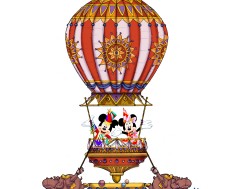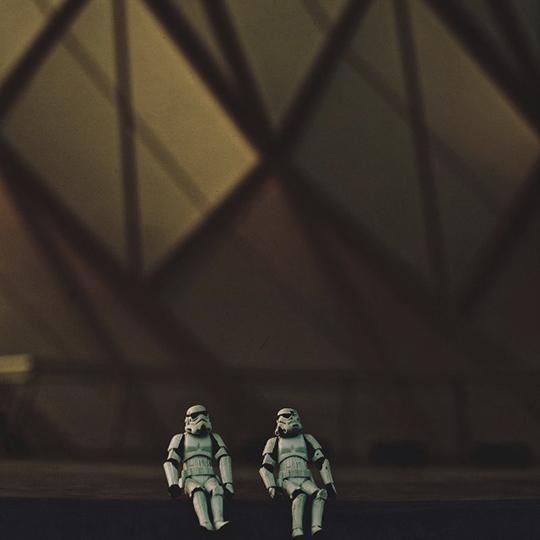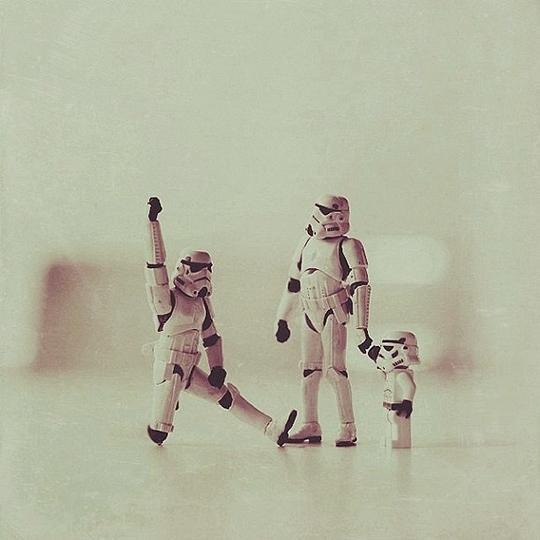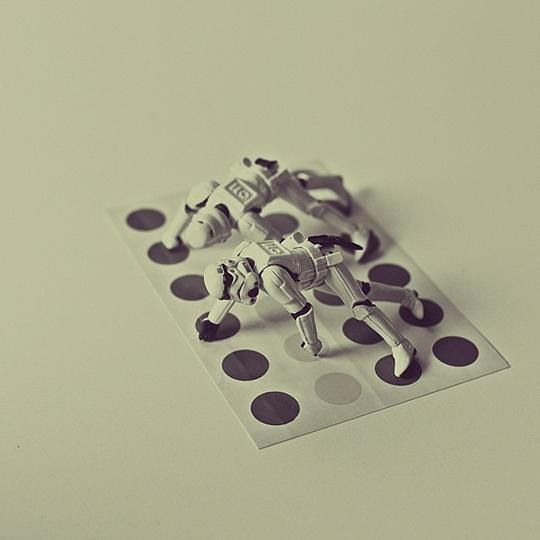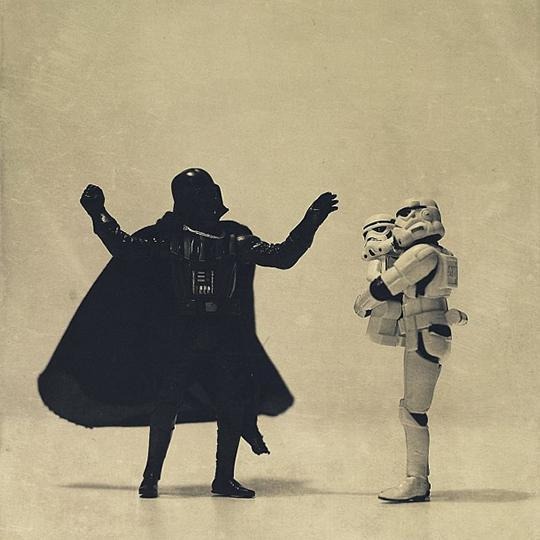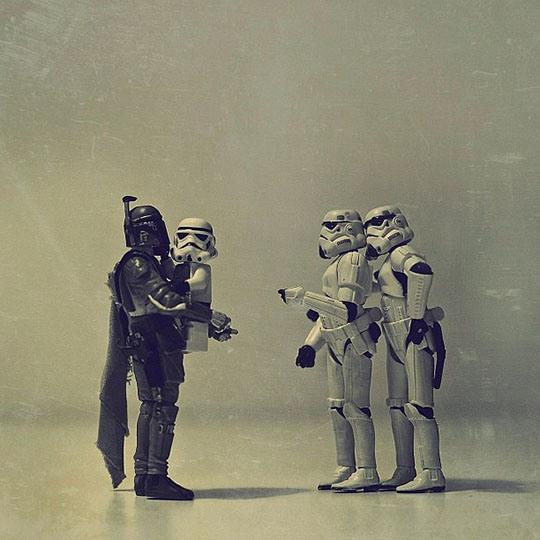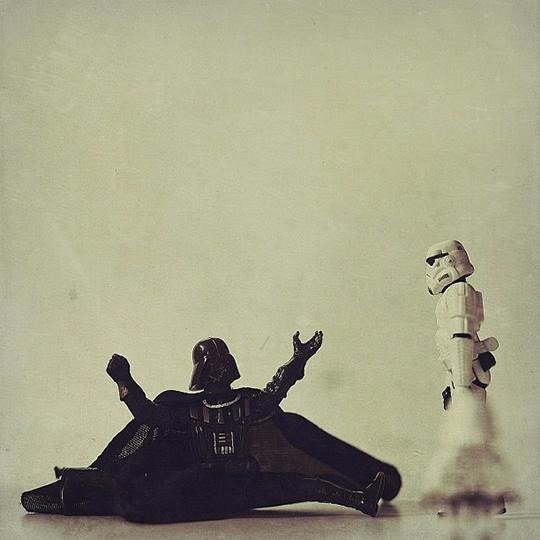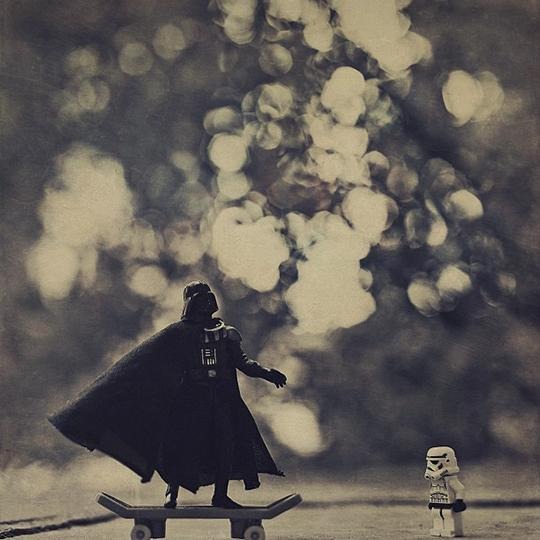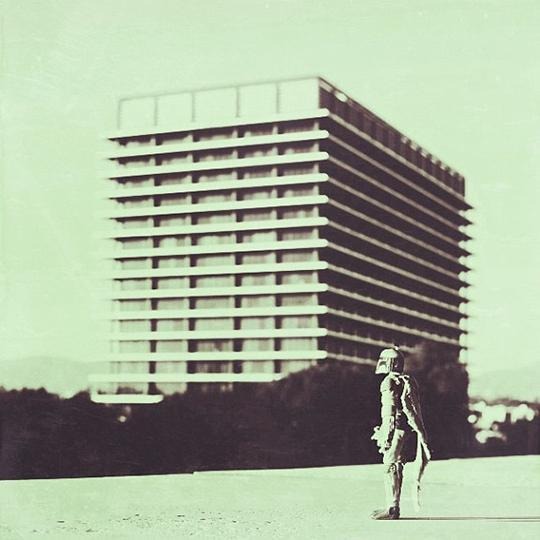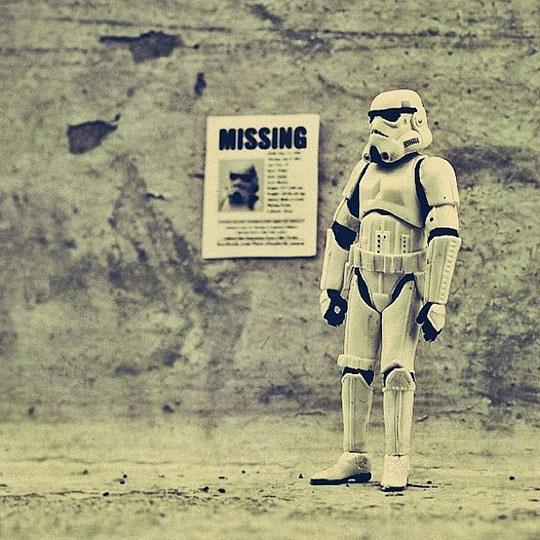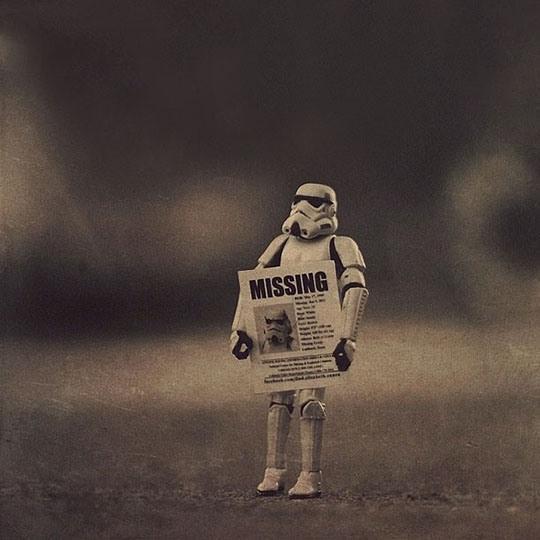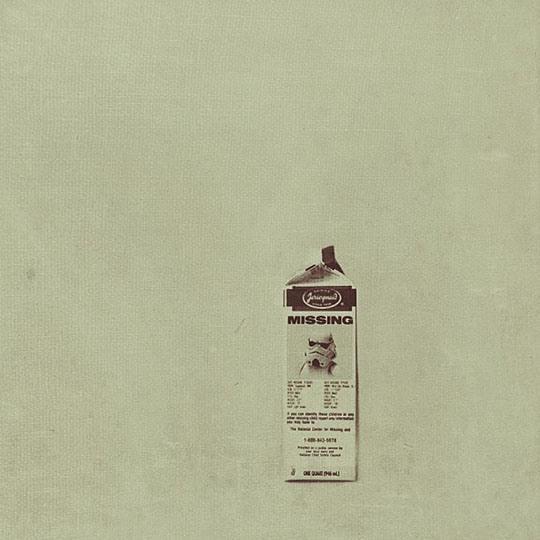When formulation a subsequent Walt Disney World vacation, zero helps put us in a mood like examination one of a classical Disney films, charcterised or live-action. All too often, a live-action facilities constructed underneath Walt Disney’s protecting eyes are ignored in preference of a charcterised classics. That’s too bad, as there are some truly wonderful, timeless, suggestive films to be enjoyed again and again.
advertisement
While we acknowledge to amatory usually about all of Walt Disney’s live-action output, there is one I’ve never many admired. I’ve tried. The film has a lot going for it, including a good cast, remarkable songs, and a artistic setting. we want to like it. One of my dear friends loves this movie, and she can't know because we don’t.
The film? Babes in Toyland.
Luckily for me, we perceived a duplicate of this newly remastered film on Blu-ray Disc for Christmas. Seeing this 1961 low-pitched comedy in a digitally mastered widescreen chronicle done me comprehend that partial of my beating in prior viewings was due to a dark, muddied send and a cropped images featured on a VHS and DVD releases. While we doubt that Babes in Toyland will ever be one of my favorite films, we have to contend that a Blue-ray recover authorised me conclude this film’s many merits. we rarely suggest this front to Disney fans—you’ll conclude those smashing marching soldiers featured in a Walt Disney World Christmas Parade even some-more after experiencing this clever, funny, and colorful frisk by a pages of Mother Goose.
The cast
One of a categorical reasons we wish desperately to like this film is a cast. Annette Funicello is desirable as ever in a picture-perfect purpose of Mary Quite Contrary, and it is some-more than apparent that she is enjoying herself via a film. Ray Bolger—an peculiar choice for a villain—is a lot of fun, and his dancing and singing talents gleam here. Henry Calvin and Gene Sheldon, informed Disney faces who starred in a radio array Zorro as good as many other Disney productions, are waggish as Ray Bolger’s left-handed henchmen. The children—especially a unequivocally immature Ann Jillian as Bo Beep—are appealing, and Tommy Sands is a suitable regretful lead for Annette. Tommy Kirk is given a rude purpose (that of a Toymaker’s assistant)m though he pulls it off well. The Toymaker, Ed Wynn, is as loveably irritating as ever.
The music
Disney films are remarkable for their glorious music, and there are a series of unequivocally good songs in this instrumentation of a Victor Herbert classic. There are some rarely comedic pieces here, effectively blending by Disney songwriter George Bruns. The villains get a series of decent low-pitched numbers: a henchmen and Mr. Barnaby (Ray Bolger’s villain) sing “We Won’t Be Happy Till We Get It,” a informed and humorously melancholy ditty. Ray Bolger’s “Castle in Spain” is lively, and his dancing is as pointy as ever. The prominence is “Slowly He Sank Into a Sea” sung by Henry Calvin accompanied by Gene Sheldon’s excitable dance interpretation. Clever visuals mix with humorous lyrics to emanate a prominence here.
There are other crafty songs as well: Annette’s “I Can’t Do a Sum” is generally appealing, once again extended by colorful visible effects. “The Workshop Song” sung by a children, a Toymaker, Annette, and Tommy Sands is fun, and one strain that we like to embody in a Christmas strain mixes. “Go To Sleep” is a honeyed small lullaby sung by Tommy and Annette to comfort a children after they are prisoner in a Forest of No Return.
There are a few clunkers. The dual vast ballads sung by a regretful leads, “Just a Whisper Away” and “Just a Toy,” aren’t terrible by any means. In fact, listening to them on a soundtrack, they are indeed flattering damn good. Watching them on film, however, they seem to tumble a small flat. A small some-more energy, a small some-more “something” could have done them as remarkable as “Sixteen Going on Seventeen” from The Sound of Music. The dual vast dance numbers, namely “Lemonade” and “Floretta”, are vapid and we contingency acknowledge that we fast-forward by “Floretta” each time. This is due, in part, to a sum cunning of these vast numbers—more on a “style” of a film later.
The story and a tone
It seems odd, though a tangible story here is of small importance. The Victor Herbert strange was created in a light operetta style, and on stage, this proceed was some-more than expected unequivocally successful. The flat, one-dimensional characters, a predicted plot, and a miss of picturesque tension all “work” on a stage. It’s a flattering march of informed Mother Goose characters lovingly brought to life. There’s a clear miss of abyss to a characters, and as a result, there’s not many romantic connection to them or to their problems. It appears that Disney intentionally attempted to constraint this tinge in a film chronicle as well. In fact, a film opens with Mother Goose and a puppet-like crow addressing a assembly directly as a vast theater-style screen opens behind them.
The “Mother Goose Village” and “Lemonade” dance numbers follow, though not in a proceed that dance numbers seem in classical musicals like Mary Poppins or Chitty Chitty Bang Bang. The dances do not serve a plot, they don’t raise impression development—they simply exist as impracticable dance routines. This rarely exaggerated, vaudevillian proceed works during times—the scenes with a villains come to mind—but for a many part, it is vapid to watch.
The tract involves a travails of Mary Quite Contrary and Tom a Piper’s Son as they justice and eventually wed. The problem is that a assembly knows from a unequivocally commencement that all will work out excellent for a leads. The villains, while entertaining, aren’t during all threatening, a frightful scenes in a Forest of No Return are not scarcely frightful enough, and a romantic heart of a story lacks sincerity. While it’s loyal that all low-pitched films need a certain peaceful cessation of dishonesty on a partial of a audience, Babes in Toyland plays some-more like a low-pitched accumulation uncover than an tangible cohesive film. Please don’t let this conscious proceed on a partial of a filmmakers daunt you; meaningful that this impression is counsel creates examination a film many some-more enjoyable. (As my dear crony pronounced to me years ago, “Tom, we usually don’t get this movie.” She was right. we didn’t get it—but now we do.)
Production and design
I remember reading once that a tangible Mother Goose Village from Babes in Toyland was featured during Disneyland in a early 1960s as an attraction. we was surprised, as a film sets always struck me as prosaic and uninteresting. That notice radically altered after saying a film on Blu-ray. The sets are zero reduction than stunning. They are colorful, whimsical, and inventive. What’s more, they were real, not computer-generated images that live usually in a computer. There’s a naïve attract about them that is irresistible. Mary’s lodge for example, captures that fairy-tale feeling in many a same proceed as Disneyland’s Fantasyland captures that demeanour and feel. The special effects, quite a matte paintings and a Mar of a Toy Soldiers, demeanour improved and some-more convincing than ever on a Blue-ray release. At times, there’s a three-dimensional peculiarity to a film that is rather startling. Seeing this film in a correct melodramatic measure in a digital imitation was a truly eye-opening experience.
Final thoughts
I am blissful we revisited this Disney underline film. It’s a honeyed Valentine-like reverence to a angel tales we all review as children, and it facilities heavenly Annette Funicello during her many beguiling. The film is not though a flaws, though saying it now as it was meant to be seen, those flaws are roughly charming. Many interjection to everybody during Walt Disney Home Video for this overwhelming reissue. Here’s anticipating that other Walt Disney live movement facilities are easy in a identical proceed and expelled for all to enjoy.

